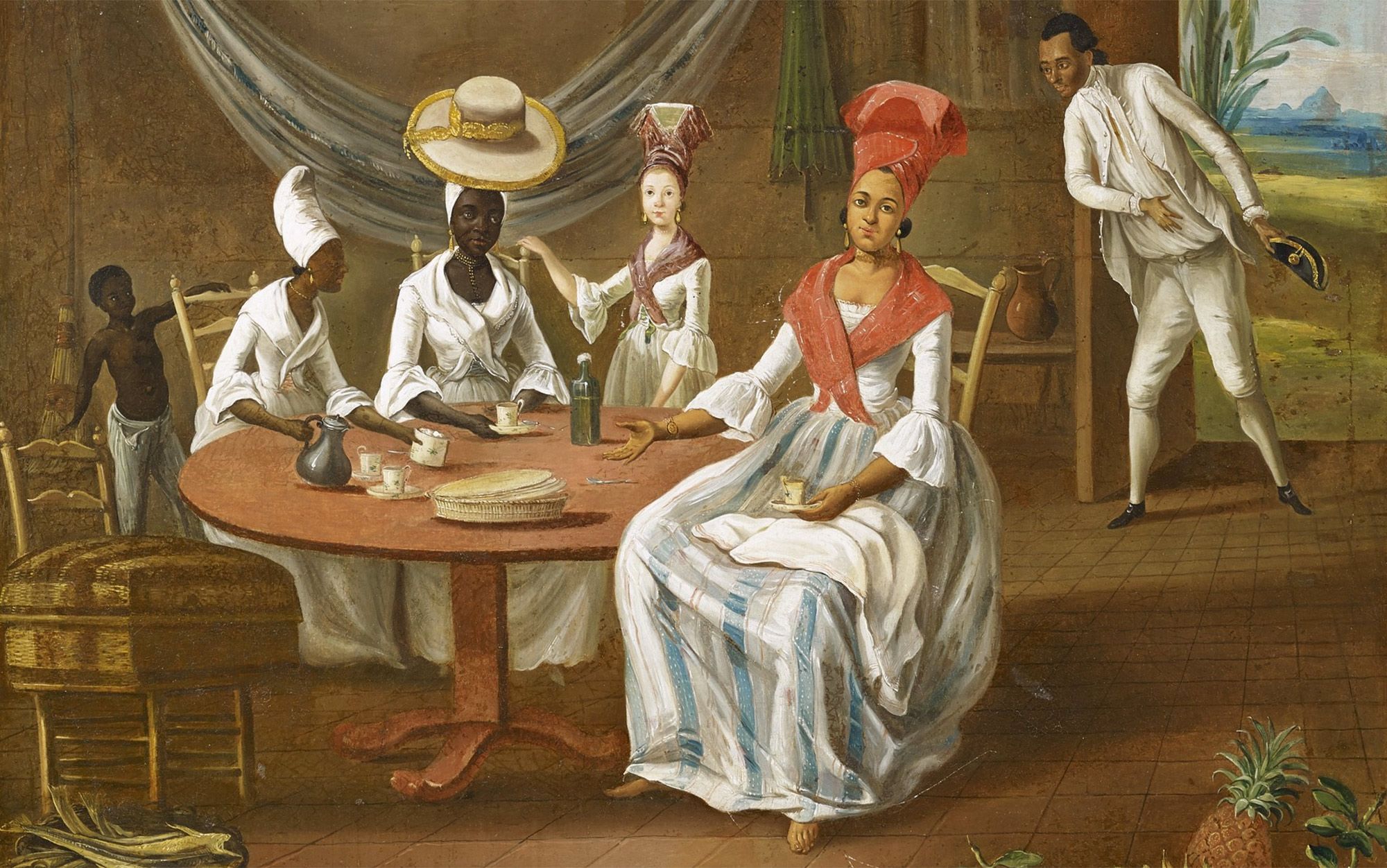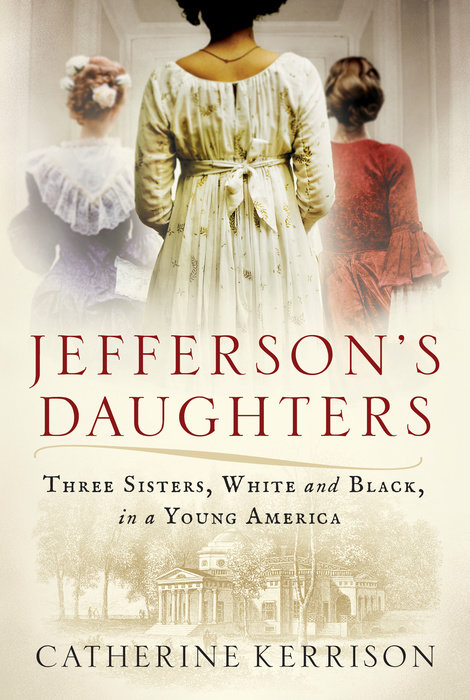Race, or The Last Colonial Struggle in Latin AmericaPosted in Articles, Caribbean/Latin America, History, Media Archive, Slavery on 2018-03-18 01:10Z by Steven |
Race, or The Last Colonial Struggle in Latin America
Age of Revolutions
2018-03-12
Jason McGraw, Associate Professor of History
Indiana University, Bloomington
 Simón Bolívar emancipa los esclavos de Colombia [Simón Bolívar Frees the Slaves of Colombia], Luis Cancino Fernández, Venezuela, 19th century. |
Latin America has long captivated outsiders for its seeming absence of a black-white racial binary, fluidity in racial self-ascriptions, and racially-mixed populations. Latin American elites, for their part, willingly adopted this sense of exceptionalism, and for much of the twentieth century the region gained a reputation as home to so-called racial democracies.1 Yet over the last 30 years, scholars and activists have documented the region’s pervasive anti-black and anti-Indian sentiments and its lack of social mobility for people of African or indigenous descent. Societies once heralded as racially democratic are now exposed for their rampant racist exclusions and inequality, which are often accompanied by fervent disavowals of racism.2
Even as challenges to the myth of racial democracy deserve plaudits, they have arrived with some of their own blinkered assumptions. Like earlier pro-racial democracy polemics, recent critical antiracist scholarship often relies on static notions of culture and ahistorical understandings of Latin America. But what would happen if we pushed back the timeline and examined politics, as well as culture? How would our understanding of Latin America’s racial orders change if we looked at its nineteenth-century revolutionary upheavals?3
Because I can’t cover the entire region or the last two centuries in this blog post, I’ll focus on Colombia, the country I have studied most closely, and on important turning points in the nineteenth-century politics of race. What I hope becomes clear is that both the older myth of racial democracy and increasingly acknowledged racial inequality, each perceived in its own way as an unchanging truth, owe something of their existence to nineteenth-century revolutionary struggles…
Read the entire article here.







